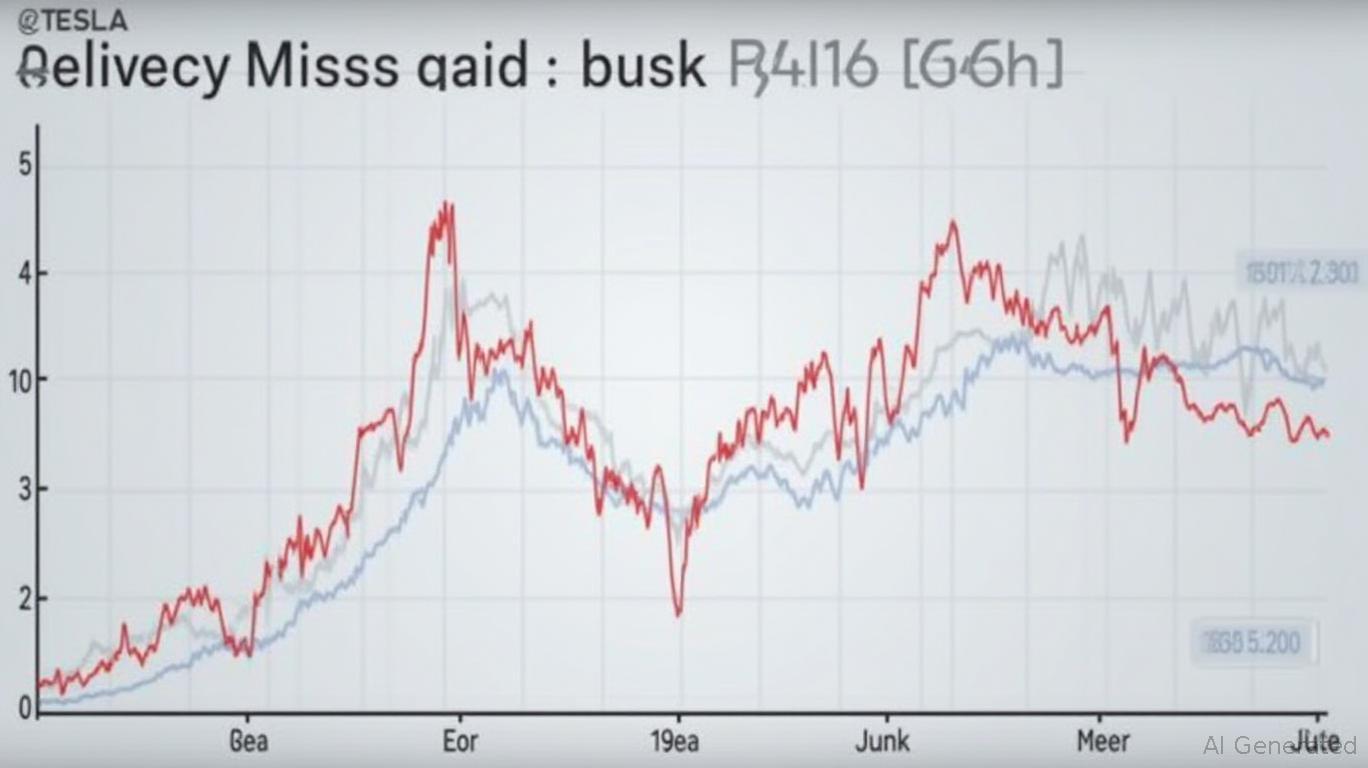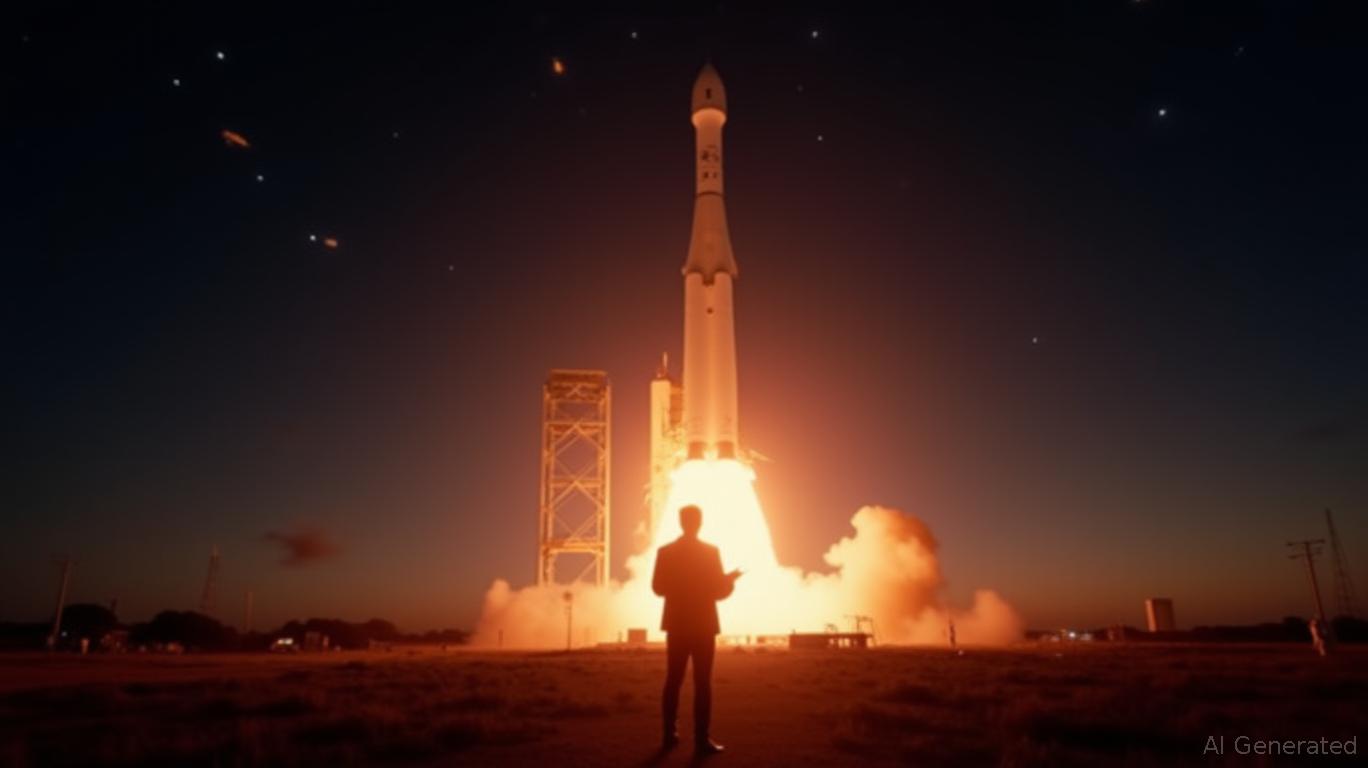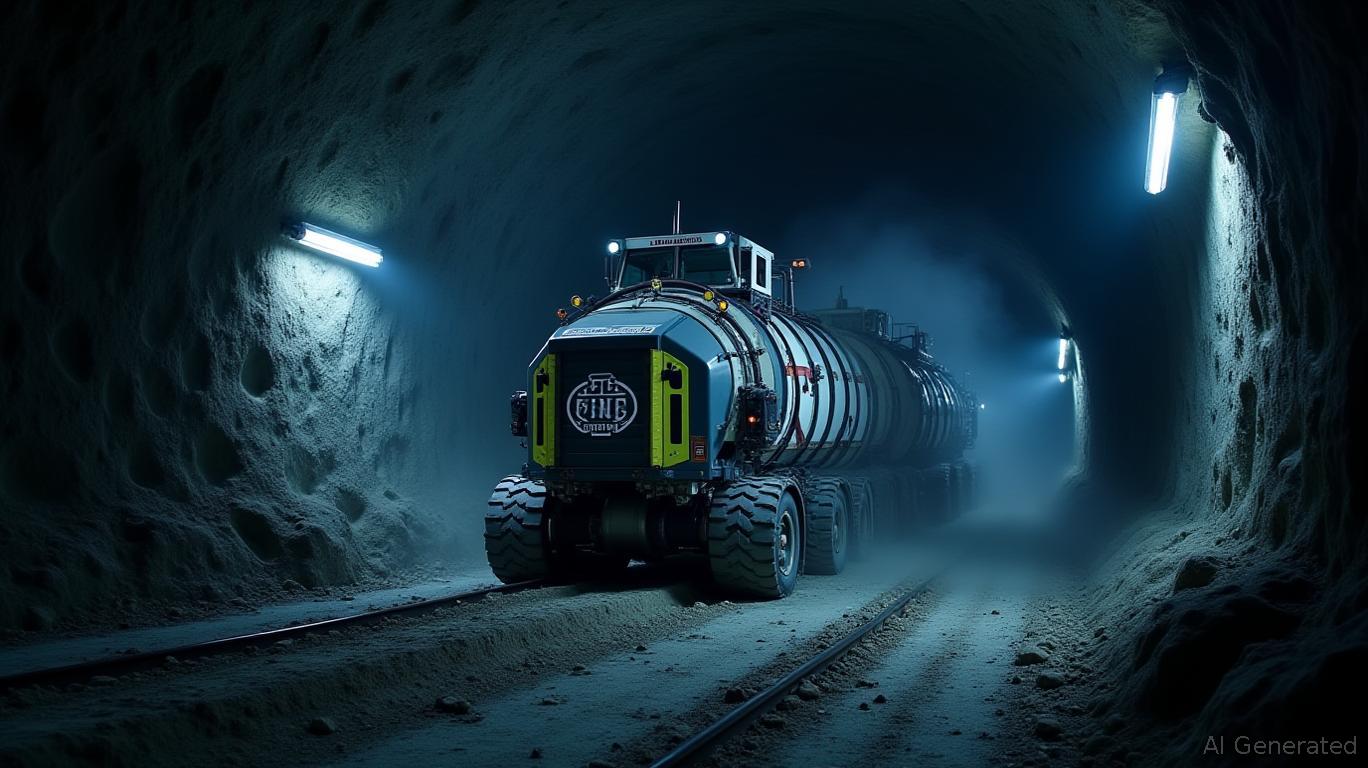Elon Musk's Ventures: Navigating the Tightrope Between Disruption and Execution
In the high-stakes world of innovation, few leaders embody the duality of visionary potential and operational turbulence like Elon Musk. His ventures—Tesla, SpaceX, and The Boring Company—represent a portfolio of bets on the future, where breakthroughs in transportation, space exploration, and infrastructure clash with earthly realities like supply chains, labor disputes, and regulatory hurdles. For investors, the question is clear: Do Musk-linked assets offer undervalued opportunities in a volatile market, or are they overhyped risks masquerading as revolution?
Tesla: Aggressive Promotions vs. Execution Headwinds
Tesla's Q2 2025 delivery targets hinge on a cocktail of discounts, financing deals, and Musk's reinvigorated leadership. Promotions like free FSD transfers and 0% APR financing aim to offset declining sales in Europe and China, where Tesla's market share has cratered by 45% and 15%, respectively. Yet, the company faces a perfect storm: trade tariffs (25% on U.S. components imported to China), supply chain bottlenecks, and simmering labor disputes.
In the U.S., Tesla's Fremont plant remains union-free, but the UAW's $40M war chest and legal victories over Musk's anti-union rhetoric signal escalating pressure. In Germany, wage disparities at Tesla's Berlin plant (20% below regional norms) and pro-management works councils fuel resentment. Meanwhile, Sweden's longest strike in 87 years at Tesla's service subsidiary has paralyzed license plate distribution, highlighting the global reach of labor tensions.
Risk: Can
stabilize margins while battling trade wars and unionization? Its Q1 2025 automotive gross margin of 13.6%—a record low—suggests cost discipline is under threat.Reward: Tesla's Model Y remains the world's best-selling car, and Musk's hands-on pivot (announced in April 2025) could reignite growth. The launch of an $25,000 affordable EV by mid-2025, if executed, could redefine mass-market dominance.

SpaceX: Starlink's Regulatory Triumphs and the Race to Mars
SpaceX's Starlink division is a masterclass in regulatory navigation. In May 2025, the FAA greenlit 25 annual Starship launches from Texas—a 500% increase—accelerating Musk's vision of a Mars colony. Starlink's 8,823 satellites now provide broadband to over 70 countries, with military contracts (e.g., GPS III SV-08) proving its strategic value.
Yet challenges loom. The $2 billion annual cost to maintain Starlink's constellation, combined with space debris risks, raises sustainability concerns. Meanwhile, SpaceX's 50% workforce reduction in 2024 underscores the high-stakes balancing act between innovation and cost control.
Risk: Overreliance on government contracts and the sheer scale of Musk's Mars ambitions could strain cash flows.
Reward: Starlink's dominance in remote connectivity (e.g., Ukraine's military reliance) and its role as a geopolitical tool for the U.S. create a moat few competitors can breach.

The Boring Company: Tunneling Through Regulatory Loopholes
The Boring Company's Las Vegas Loop—a 68-mile underground transit system—epitomizes Musk's “move fast and break rules” ethos. By bypassing environmental reviews and leveraging private funding, Boring has fast-tracked construction. Yet shortcuts come at a cost:
- Environmental violations: Repeated dumping of untreated groundwater into sewers led to $90,000 fines.
- Safety concerns: Nevada OSHA cited unsafe working conditions, including chemical burns and water hazards.
- Financial demands: While projected to hit $1 billion in revenue by 2026, Boring's niche market (urban tunnels) faces scalability questions.
Risk: Regulatory pushback and operational missteps could derail its expansion.
Reward: The Loop's 90,000 passengers/hour capacity (if verified) offers a template for solving urban congestion. Musk's DOGE (Department of Government Efficiency) role could fast-track public-private partnerships.

Cross-Venture Synergies: Musk's Innovation Ecosystem
Musk's ventures are more than standalone bets—they're nodes in a disruption network:
- Talent sharing: Engineers migrate between SpaceX's rocket tech and Boring's tunnel robotics.
- Strategic focus: Musk's 2027 target for FSD-enabled Tesla fleets and Starship's Mars missions demands relentless prioritization.
- Regulatory clout: Musk's ability to sway policy (e.g., FAA launch approvals, Las Vegas Loop exemptions) reduces friction.
This ecosystem amplifies innovation but raises execution risks. When one venture stumbles (e.g., Tesla's labor disputes), the others may feel the ripple.
The Bottom Line: Risk vs. Reward
Risk Factors:
- Tesla's margin erosion and unionization threats.
- SpaceX's dependency on government funding and space debris risks.
- Boring's environmental liabilities and scalability doubts.
Reward Potential:
- Tesla's $25K EV could capture 20%+ global market share.
- Starlink's $10 billion annual revenue by 2026 (per Musk).
- Boring's urban transit model, if proven, could attract city contracts worldwide.
For investors, the calculus is clear: Musk-linked assets are high-beta plays where rewards compound exponentially if execution aligns with vision. The current dip—Tesla's 41% stock decline by April 2025—presents a buying opportunity for those willing to bet on Musk's track record of turning “impossible” into “inevitable.”
Act Now: The window to capitalize on Musk's ventures at a discount may be narrowing. These are not for the faint-hearted—but for those who believe in disruption over perfection, they're the future's most compelling risk-reward bets.
This analysis synthesizes Musk's ventures into a single narrative: a high-stakes gamble where innovation's upside dwarfs execution's pitfalls—if you dare to bet on the visionary, not the spreadsheet.

Comments
No comments yet